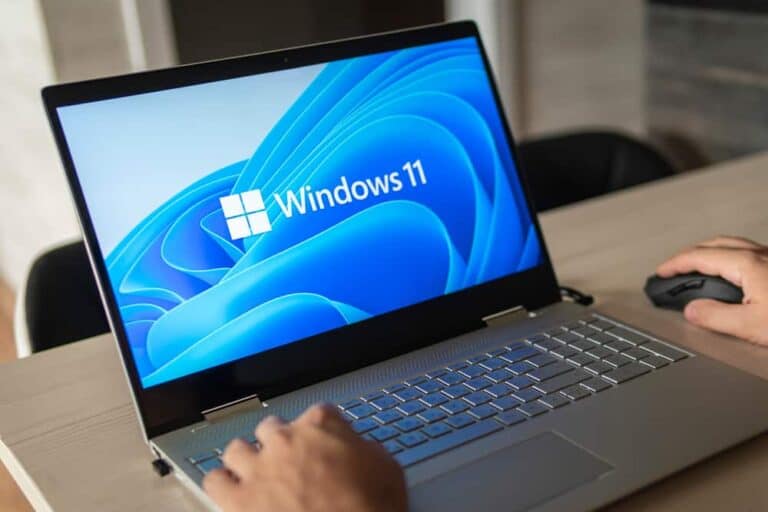Microsoft wants to make Windows the best platform for AI development. To achieve this, the company is standardizing the platform and runtime for AI workloads. Windows ML builds on Windows Copilot Runtime, while Windows AI Foundry integrates the most popular model catalogs with the OS.
The main goal for Microsoft with the new features is to make AI development on Windows as flexible as possible. This means that as little customization as possible is required to run on a standard client, 365 instance, or via CPU, GPU, or NPU. Under the hood, Microsoft uses ONNX Runtime and the previously unveiled DirectML in Windows ML. This means that developers do not have to specify the hardware on which AI models can run: this can vary from system to system. For example, an energy-efficient laptop can opt for an NPU, while a workstation can handle workloads as quickly as possible with a powerful GPU.
Integration with popular tools
In the relatively young GenAI ecosystem, popular tools have already emerged that cannot simply be replaced. Ollama has proven to be the easiest way to run AI locally, especially among hobbyists, with Nvidia NIMs as a popular enterprise option for inferencing. Windows AI Foundry integrates with both tools to make the available models deployable on Windows as quickly as possible. Think of Google’s Gemma, all Meta models, DeepSeek, Mistral, and more.
The integration makes it easier to tie all these models to Copilot+ features. This category of PC skills allows GenAI to analyze things like personal email inboxes or file folders for a variety of purposes. Think anti-phishing checks, local automation, or an advanced search engine for local files.
Like other AI players, Microsoft will also adopt the Model Context Protocol as a communication method for AI models, also known as the “USB-C for AI.” It was conceived by Anthropic at the end of last year and has become the industry standard for controlling LLMs with and through other tools in just a few months.
Microsoft is also reaching out to the open-source community by open-sourcing WSL (Windows Subsystem for Linux). WSL is Microsoft’s solution for integrating Linux on Windows. For example, anyone who installs a Linux distribution with WSL will have access to the files in the Linux-based OS via File Explorer. In addition, no separate virtual machine is required to run Linux: it simply behaves like an app.
Security focus
Last year, Microsoft admitted that it had neglected its own security culture. Now it wants to rectify this by always prioritizing security in new applications. The new AI features on Windows demonstrate this with, among other things, the Virtualization Based Security (VBS) Enclave SDK and the adoption of post-quantum cryptography against future quantum threats.
